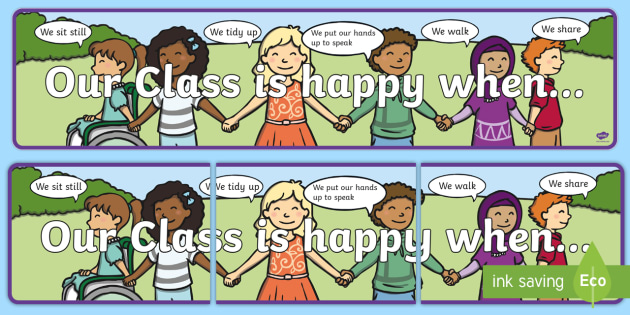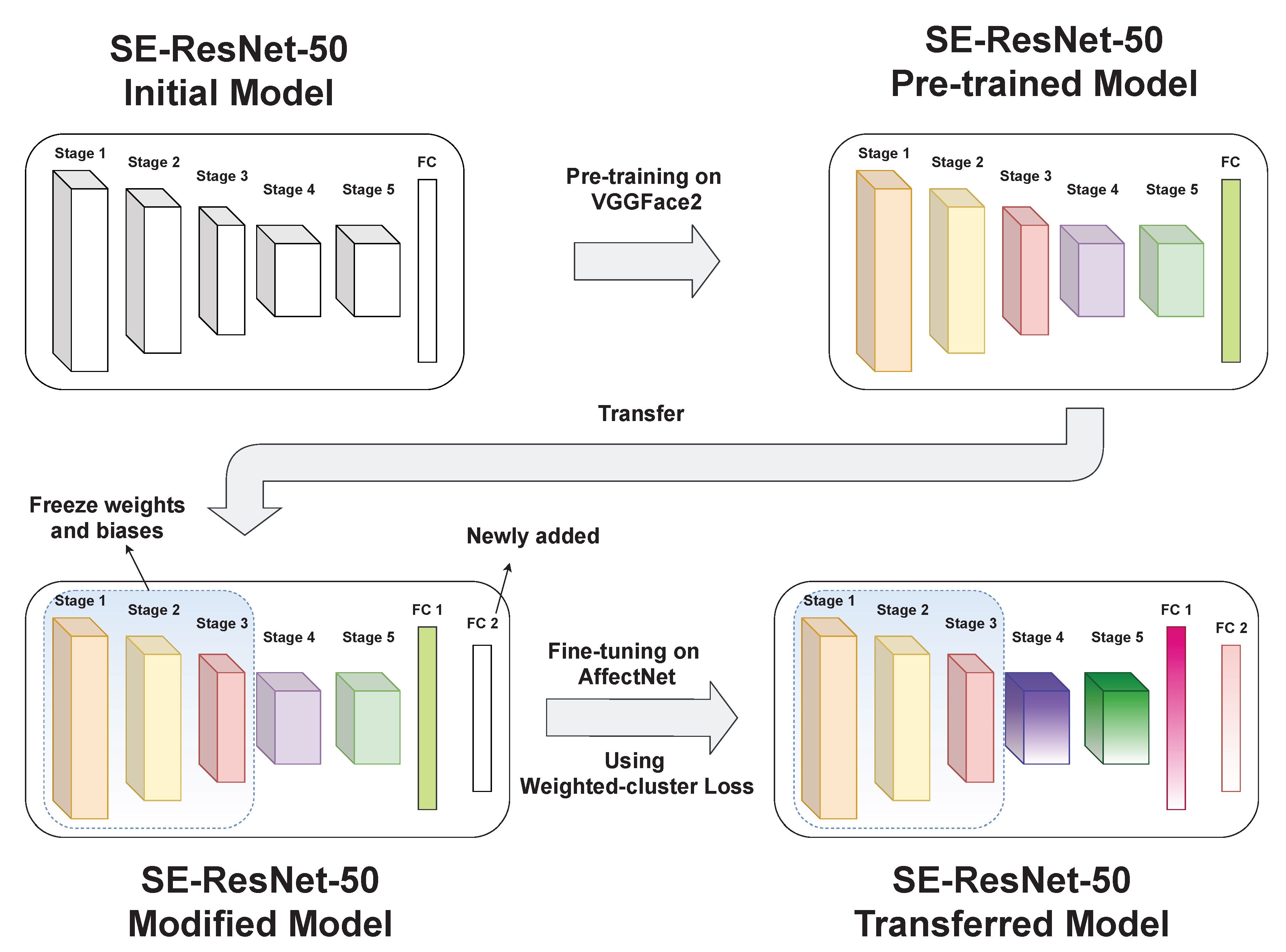- Teach To Be Happyclass Communication Blog Skills
- Teach To Be Happyclass Communication Blog For Beginners
- Teach To Be Happyclass Communication Blog Examples
- Teach To Be Happyclass Communication Blog Using
Science communication is part of a scientist’s everyday life. Scientists must give talks, write papers and proposals, communicate with a variety of audiences, and educate others. Thus to be successful, regardless of field or career path, scientists must learn how to communicate. Moreover, scientists must learn how to communicate effectively. In other words, to be a successful scientist, you must be an effective communicator.
Before I go on, I should note that for the purpose of this post, I am defining science communication broadly, meaning any activity that involves one person transmitting science-related information to another, from peer-reviewed articles to tweets.
Effective communication means transmitting your message clearly and concisely so that it is understood. It’s about engaging your audience – it’s about the ‘So what?’ and ‘Why does it matter?’ of your message.
Practical teaching strategies for developing creativity written by two leading educators in the creativity field. About Peggy Grant Peggy was a senior content developer for Clarity Innovations, working primarily on educational content for the Web and for online and face-to-face training in project-based-learning and technology integration. RSS Feed The object of education is to prepare the young to educate themselves throughout their lives. Hutchins Me, Me, Me. I enjoy problem solving, designing, creating, communicating, collaborating, etc. All of which I expect my students to do. In ELL classes, however, a classroom blog can help with: Clarifications Understanding Communication Language development Parent-student engagement What should an ELL classroom blog include? To decide on the content of a classroom blog, a teacher can use this as a fun collaborative activity and have students brainstorm together to determine. In my previous blogpost, I looked at the importance of interaction in language learning and how the process of negotiating meaning is key to our students not just in terms of fluency practice but also in developing their communication strategies and communicative competence so that they can hold their own in an English conversation outside the classroom. In order for the manufacturing industry to close this gap and prepare to manage multiple generations in the workforce, we must acknowledge the current state of communication skills – and more specifically, how technology has changed them over time. Technology’s effect on communication skills. The use of technology can be good.


When scientists communicate more effectively, science thrives. Science is increasingly interdisciplinary and the ability to communicate more effectively across disciplines fosters collaboration and innovation. Being able to communicate the relevance and impact of their ideas and discoveries can enhance scientists’ ability to secure funding or find a job. It allows them to write better and more comprehensible research papers. It also allows them to be better teachers and mentors for next-generation scientists.
When scientists are able to communicate effectively beyond their peers to broader, non-scientist audiences, it builds support for science, promotes understanding of its wider relevance to society, and encourages more informed decision-making at all levels, from government to communities to individuals. It can also make science accessible to audiences that traditionally have been excluded from the process of science. It can help make science more diverse and inclusive.
Although having more scientists who are effective communicators benefits science and society greatly, there are still relatively few training opportunities for science students and professionals to develop these skills.
Fortunately, effective communication skills are no longer perceived as soft skills. Increasingly, they are becoming part of the core professional skills every science student and professional should have.
Many science communication training programs and courses for scientists use the public communication of science as a tool to develop effective communication skills. See, for example, this list of training opportunities compiled by COMPASS, an organization dedicated to improving science communication. Here are a number of other resources:
Public communication of science is not for everyone, of course. We can’t expect all scientists to use Twitter, participate in their local school’s career day or blog, but a little bit of effort goes a long way.
Public communication encourages scientists to think about the big picture. For instance, scientists can get bogged down with the specifics of a research question or use too much jargon to explain a concept. Public communication encourages scientists to find simple, more succinct ways to get the essentials of their message across. Why does/should it matter to your audience? Why is it important?
Sure, no one can argue that writing a peer-reviewed research article is the same as writing a science blog for high school students, or that giving a talk to your peers at a scientific conference is the same as standing in front of a group of middle schoolers to teach them about chemistry. Although public communication may seem very different from scholarly communication of science, the principles and strategies that make messaging effective in each arena are very similar.
For example, know your audience. Who are they? You always need to know who you are trying to reach, as it affects everything else you do. Are you trying to reach peers in your field or are you communicating across fields? Are you talking to a potential funder or to a local reporter? Regardless of your message and your goal, you always need to know your audience.
“If you can’t explain it simply, you don’t understand it well enough,” Albert Einstein said. As experts, scientists have a deep knowledge of particular subjects. To communicate something effectively, one needs a similarly deep knowledge of the associated skills. Public communication offers scientists ways to learn and practice the basics of effective communication. By teaching scientists how to explain their work simply—and more effectively—public communication increases the impact of science in multiple dimensions.
We keep hearing how important creativity is in the workplace and how schools have to teach creativity along with math, science, collaboration, and dozens of other skills. When I started teaching, creativity was something we teachers valued. We claimed we could recognize it if we came across it, but we didn’t identify it as a specific learning goal. Some kids were creative and some weren’t. I don’t think it occurred to any of us that we could do anything to enhance our students’ creativity beyond rewarding it when we saw it. Furthermore, nobody thought much about creativity outside English or arts classes.
When I look back, I guess we were kind of stupid! Of course, creativity matters in social sciences, science, math, and even physical education! We saw examples of it every day in the technological advances that made our lives easier, more fulfilling, and more just. And can we teach it? Goodness knows we tried to teach other skills and attitudes that were just as abstract as creativity. No one questioned the need to teach honesty, respect, or responsibility. Surely, creativity can be taught as well.
An emphasis in the last decade or so on the “softer” skills like collaboration, critical thinking, and, yes, creativity, in the workplace as well as schools, has spawned a flood of information and advice on how to help students be more creative. Thinkers like Sir Ken Robinson and E. Paul Torrance have contributed to the conversation about how to teach students creativity.Two factors are critical for developing students’ creativity. Both are necessary if all students are to reach their creative potential:
- The classroom must be an environment that supports and encourages creative thinking and work.
- Specific creativity skills and strategies are explicitly taught and assessed in the context of academic learning.
The Creative Classroom
It may very well be that 20 years ago we didn’t think much about creativity outside the arts because the kind of work students did in their classes—rote memorization and the application of algorithms or rules to neatly designed problems and tasks—left no room for creative thinking. The teachers in those classrooms realized that creativity mattered in their subjects but doubtlessly believed that in order to be creative, students needed extensive content knowledge. In fact, I can remember a colleague saying that very thing! Creative thinking was for later. Unfortunately, later rarely came, and students just accumulated more and more skills and facts without applying what they were learning in creative ways.

We know now that students at any age can be creative with their content learning. In fact, creative efforts can help students understand content more deeply.

Creativity thrives in intellectually messy environments, where tasks are authentic and ill-defined, where students make decisions about what and how they learn, and where they collaborate with peers and others inside and outside the classroom. In these environments, risk-taking is encouraged, and the consequences for taking chances and failing are minimized. For some students, such an environment is enough to foster creativity, but most students need instruction and support.
Teach To Be Happyclass Communication Blog Skills
Students need to know that creative endeavors are valued by their teacher and peers, and they also need to learn specific skills that will help them be more creative. The Partnership for 21st Century Skills lists skills critical for creative thinking, including the following:

Teach To Be Happyclass Communication Blog For Beginners
- Think creatively—Use a variety of strategies to think of new ideas.
- Work creatively with others—Be open-minded, consider different perspectives, and solicit and incorporate feedback.
- Implement innovations—Bring creative ideas into reality.
Students can learn these skills through explicit instruction and modeling. For example, teachers could describe how they took a risk with a new idea or how they determined if an idea was worth pursuing. It’s important for students to see how experts, like their teachers, generate ideas, turn ideas into reality, cope with failure and learn from experience.
Teach To Be Happyclass Communication Blog Examples
Students can develop self-direction by self-assessing their creativity with checklists and rubrics. As long as creativity is a focus in the classroom, and resources are in place to support creative thinking, students can learn to be more creative. Intel Education’s Assessing Projects resource has several assessments that can be used by teachers and students to assess creativity.
Technology and Creativity
The wide range of online tools and apps available for creative expression are already being used by students for both in-school and out-of-school projects. Where a research project in the 20th century was nearly always some form of a paper, today's students think in terms of multimedia and more engaging methods of sharing what they are learning. Teachers can be intimidated by their students' technological proficiency, feeling that they are not prepared to effectively implement these tools.
Teach To Be Happyclass Communication Blog Using
Fortunately, today's students love to experiment with technology. The teacher's job is to give the kinds of open-ended assignments that allow students to explore new technologies. If a teacher describes the qualities of an exemplary project, the kinds of thinking and reosurces that students should exhibit, the tool students use to do that is up to them. Let them play around with new tools. Teachers just need to focus on the content and the learning they want students to demonstrate.
More Resources on Teaching Creativity
Creativity in the Mobile Classroom
A free online course on developing student creativity with mobile devices
Creativity Tools
Strategies and tools to help you be more creative
Teaching for Creativity” Two Dozen Tips
Practical teaching strategies for developing creativity written by two leading educators in the creativity field.
